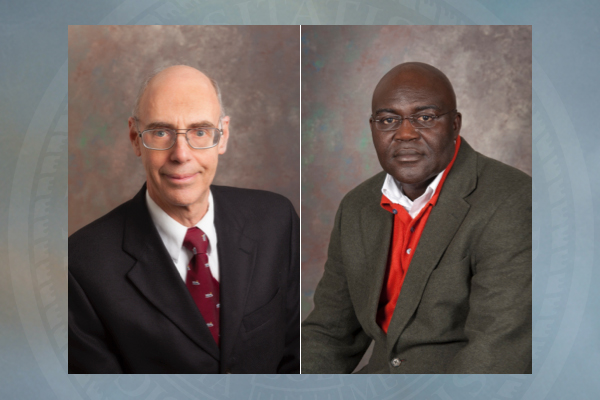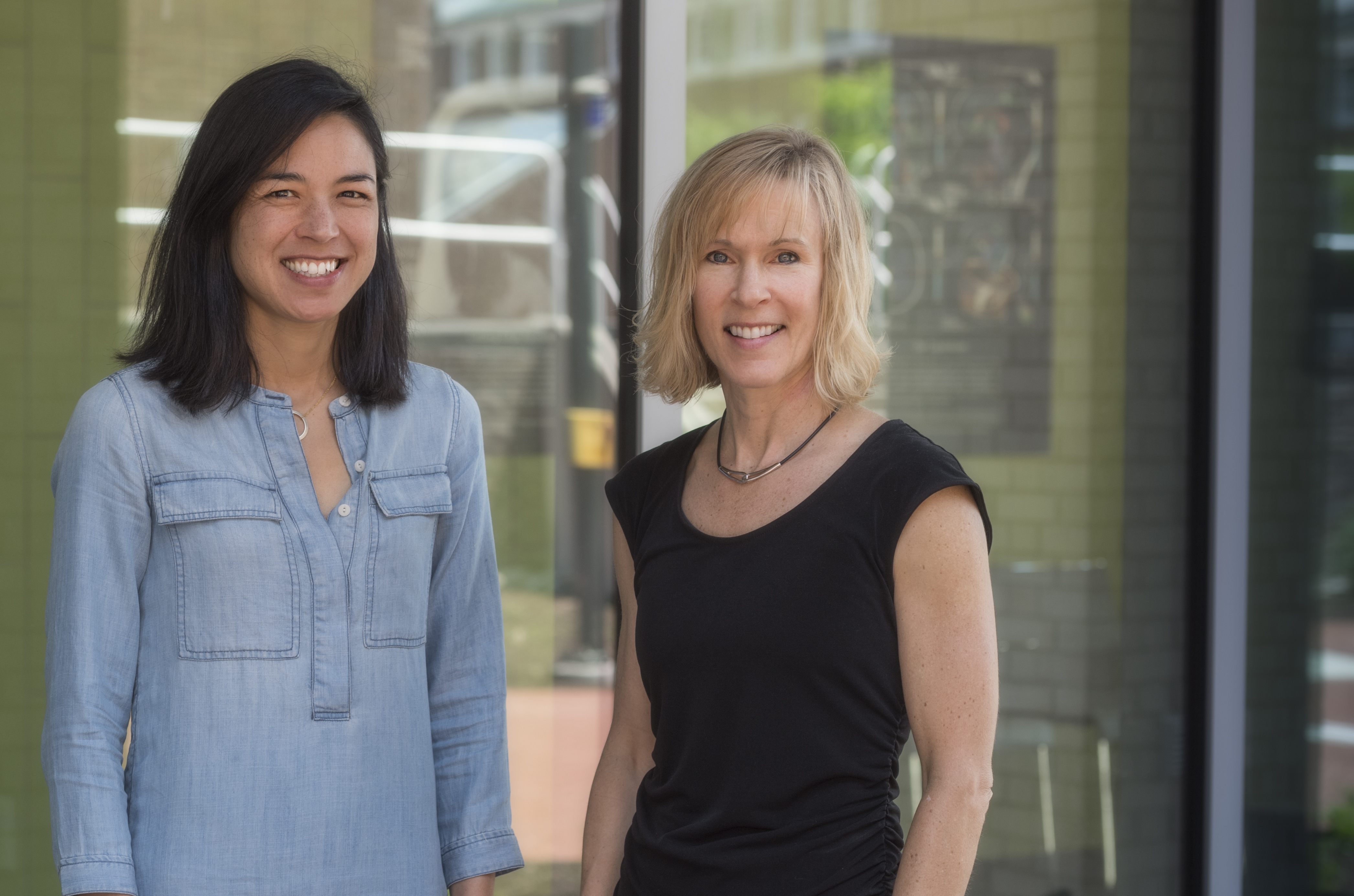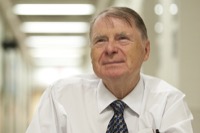
Big data, railways
Railroad Engineering and Safety Program to host international conference on big data, railway maintenance
8:15 a.m., Dec. 4, 2014--The Railroad Engineering and Safety Program of the University of Delaware’s College of Engineering and the University’s Center for Big Data Research and Education will host the conference "Track Maintenance Planning in the Era of Big Data" from 8:30 a.m. to 4 p.m., Tuesday, Dec. 9, at the Delaware Biotechnology Institute.
The conference will bring together academics and members of the railroad industry from the United States and abroad to address ways to harness and manage data to ensure safe and efficient operation of railways.
Research Stories
Chronic wounds
Prof. Heck's legacy
The one-day conference will feature 20 speakers from railroads and universities across the country who will address both the needs and challenges faced by the industry and the emerging solutions.
“The railroad industry is amassing tons and tons of information,” says Allan Zarembski, research professor and director of the Railroad Engineering and Safety Program. “This conference will help us assess how to effectively plan maintenance in the era of big data.”
Rail companies deploy state-of-the-art technology to constantly monitor the condition of railroad tracks for defects that could pose safety and transportation problems. As the volume of data has mounted, rail companies are challenged with making sense of it all.
Big data tools allow professionals to analyze information in huge volumes, so that they can make better forecasts in large and complicated systems like railways. Such techniques include new and traditional types of statistical analysis, along with computer engineering models.
UD’s Railroad Engineering and Safety Program remains at the forefront of introducing new tools to promote safe and efficient operations.
The conference is one of many collaborative efforts between Zarembski and Nii Attoh-Okine, head of the Center for Big Data Research and Education.
Co-chairs of the conference, the two are also working on a project assessing the relationship between rail breaks and track geometry defects. These defects — for example, when the track isn’t straight enough, or when one rail is higher than the one next to it — are one of the main causes of track failure and train derailments.
Zarembski will discuss this project at the conference, describing how he and Attoh-Okine are aggregating and analyzing millions of pieces of inspection information to help predict material failure of the tracks. Attoh-Okine will also give a talk about emerging analysis techniques.
Properly using and keeping track of all this information isn’t just an issue for American railroads, Zarembski notes. “The railroad industry has a commonality of issues that transcends national borders. Our nation’s rail infrastructure is generally in good shape, but the railroad companies are always looking for ways to improve.”
The conference agenda can be found at this website.








